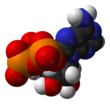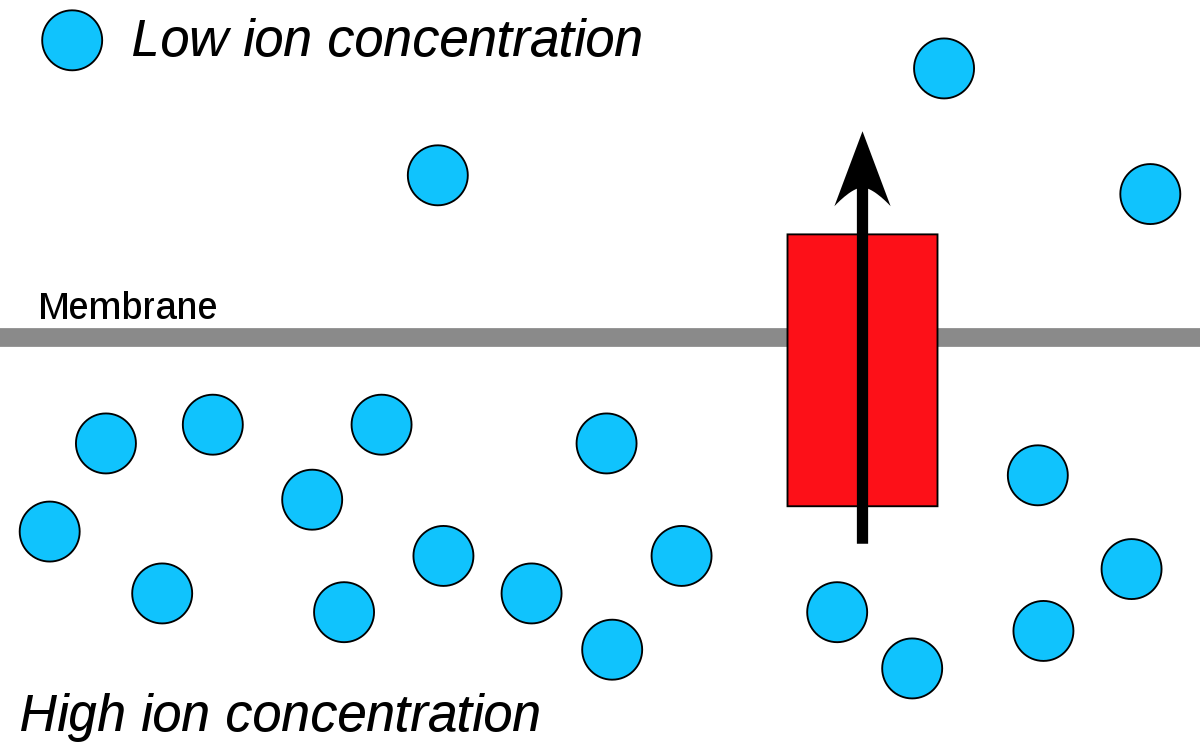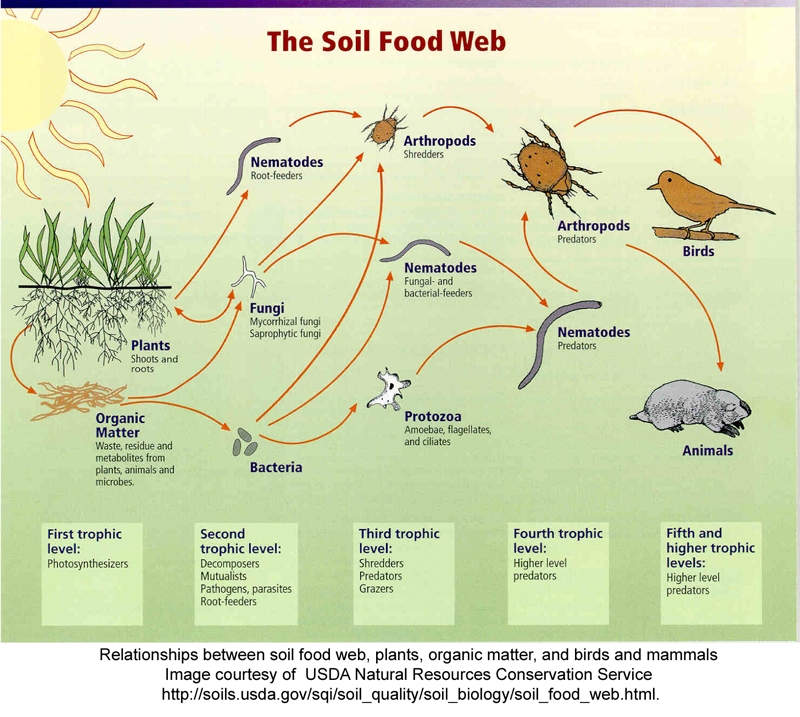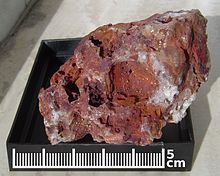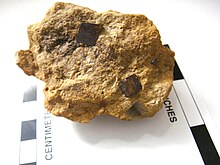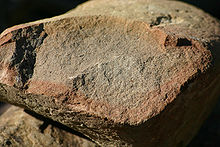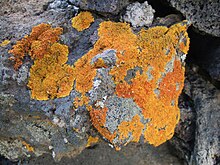acespicoli
Well-known member
Work functions of elements
The work function depends on the configurations of atoms at the surface of the material. For example, on polycrystalline silver the work function is 4.26 eV, but on silver crystals it varies for different crystal faces as (100) face: 4.64 eV, (110) face: 4.52 eV, (111) face: 4.74 eV.[13] Ranges for typical surfaces are shown in the table below.[14]Work function of elements (eV)
Ag | 4.26 – 4.74 | Al | 4.06 – 4.26 | As | 3.75 |
Au | 5.10 – 5.47 | B | ~4.45 | Ba | 2.52 – 2.70 |
Be | 4.98 | Bi | 4.31 | C | ~5 |
Ca | 2.87 | Cd | 4.08 | Ce | 2.9 |
Co | 5 | Cr | 4.5 | Cs | 1.95 |
Cu | 4.53 – 5.10 | Eu | 2.5 | Fe: | 4.67 – 4.81 |
Ga | 4.32 | Gd | 2.90 | Hf | 3.90 |
Hg | 4.475 | In | 4.09 | Ir | 5.00 – 5.67 |
K | 2.29 | La | 3.5 | Li | 2.9 |
Lu | ~3.3 | Mg | 3.66 | Mn | 4.1 |
Mo | 4.36 – 4.95 | Na | 2.36 | Nb | 3.95 – 4.87 |
Nd | 3.2 | Ni | 5.04 – 5.35 | Os | 5.93 |
Pb | 4.25 | Pd | 5.22 – 5.60 | Pt | 5.12 – 5.93 |
Rb | 2.261 | Re | 4.72 | Rh | 4.98 |
Ru | 4.71 | Sb | 4.55 – 4.70 | Sc | 3.5 |
Se | 5.9 | Si | 4.60 – 4.85 | Sm | 2.7 |
Sn | 4.42 | Sr | ~2.59 | Ta | 4.00 – 4.80 |
Tb | 3.00 | Te | 4.95 | Th | 3.4 |
Ti | 4.33 | Tl | ~3.84 | U | 3.63 – 3.90 |
V | 4.3 | W | 4.32 – 4.55 | Y | 3.1 |
Yb | 2.60[15] | Zn | 3.63 – 4.9 | Zr | 4.05 |

Lattice constant - Wikipedia
List of lattice constants
Lattice constants for various materials at 300 K| Material | Lattice constant (Å) | Crystal structure | Ref. |
|---|---|---|---|
| C (diamond) | 3.567 | Diamond (FCC) | [7] |
| C (graphite) | a = 2.461 c = 6.708 | Hexagonal | |
| Si | 5.431020511 | Diamond (FCC) | [8][9] |
| Ge | 5.658 | Diamond (FCC) | [8] |
| AlAs | 5.6605 | Zinc blende (FCC) | [8] |
| AlP | 5.4510 | Zinc blende (FCC) | [8] |
| AlSb | 6.1355 | Zinc blende (FCC) | [8] |
| GaP | 5.4505 | Zinc blende (FCC) | [8] |
| GaAs | 5.653 | Zinc blende (FCC) | [8] |
| GaSb | 6.0959 | Zinc blende (FCC) | [8] |
| InP | 5.869 | Zinc blende (FCC) | [8] |
| InAs | 6.0583 | Zinc blende (FCC) | [8] |
| InSb | 6.479 | Zinc blende (FCC) | [8] |
| MgO | 4.212 | Halite (FCC) | [10] |
| SiC | a = 3.086 c = 10.053 | Wurtzite | [8] |
| CdS | 5.8320 | Zinc blende (FCC) | [7] |
| CdSe | 6.050 | Zinc blende (FCC) | [7] |
| CdTe | 6.482 | Zinc blende (FCC) | [7] |
| ZnO | a = 3.25 c = 5.2 | Wurtzite (HCP) | [11] |
| ZnO | 4.580 | Halite (FCC) | [7] |
| ZnS | 5.420 | Zinc blende (FCC) | [7] |
| PbS | 5.9362 | Halite (FCC) | [7] |
| PbTe | 6.4620 | Halite (FCC) | [7] |
| BN | 3.6150 | Zinc blende (FCC) | [7] |
| BP | 4.5380 | Zinc blende (FCC) | [7] |
| CdS | a = 4.160 c = 6.756 | Wurtzite | [7] |
| ZnS | a = 3.82 c = 6.26 | Wurtzite | [7] |
| AlN | a = 3.112 c = 4.982 | Wurtzite | [8] |
| GaN | a = 3.189 c = 5.185 | Wurtzite | [8] |
| InN | a = 3.533 c = 5.693 | Wurtzite | [8] |
| LiF | 4.03 | Halite | |
| LiCl | 5.14 | Halite | |
| LiBr | 5.50 | Halite | |
| LiI | 6.01 | Halite | |
| NaF | 4.63 | Halite | |
| NaCl | 5.64 | Halite | |
| NaBr | 5.97 | Halite | |
| NaI | 6.47 | Halite | |
| KF | 5.34 | Halite | |
| KCl | 6.29 | Halite | |
| KBr | 6.60 | Halite | |
| KI | 7.07 | Halite | |
| RbF | 5.65 | Halite | |
| RbCl | 6.59 | Halite | |
| RbBr | 6.89 | Halite | |
| RbI | 7.35 | Halite | |
| CsF | 6.02 | Halite | |
| CsCl | 4.123 | Caesium chloride | |
| CsBr | 4.291 | Caesium chloride | |
| CsI | 4.567 | Caesium chloride | |
| Al | 4.046 | FCC | [12] |
| Fe | 2.856 | BCC | [12] |
| Ni | 3.499 | FCC | [12] |
| Cu | 3.597 | FCC | [12] |
| Mo | 3.142 | BCC | [12] |
| Pd | 3.859 | FCC | [12] |
| Ag | 4.079 | FCC | [12] |
| W | 3.155 | BCC | [12] |
| Pt | 3.912 | FCC | [12] |
| Au | 4.065 | FCC | [12] |
| Pb | 4.920 | FCC | [12] |
| V | 3.0399 | BCC | |
| Nb | 3.3008 | BCC | |
| Ta | 3.3058 | BCC | |
| TiN | 4.249 | Halite | |
| ZrN | 4.577 | Halite | |
| HfN | 4.392 | Halite | |
| VN | 4.136 | Halite | |
| CrN | 4.149 | Halite | |
| NbN | 4.392 | Halite | |
| TiC | 4.328 | Halite | [13] |
| ZrC0.97 | 4.698 | Halite | [13] |
| HfC0.99 | 4.640 | Halite | [13] |
| VC0.97 | 4.166 | Halite | [13] |
| NbC0.99 | 4.470 | Halite | [13] |
| TaC0.99 | 4.456 | Halite | [13] |
| Cr3C2 | a = 11.47 b = 5.545 c = 2.830 | Orthorhombic | [13] |
| WC | a = 2.906 c = 2.837 | Hexagonal | [13] |
| ScN | 4.52 | Halite | [14] |
| LiNbO3 | a = 5.1483 c = 13.8631 | Hexagonal | [15] |
| KTaO3 | 3.9885 | Cubic perovskite | [15] |
| BaTiO3 | a = 3.994 c = 4.034 | Tetragonal perovskite | [15] |
| SrTiO3 | 3.98805 | Cubic perovskite | [15] |
| CaTiO3 | a = 5.381 b = 5.443 c = 7.645 | Orthorhombic perovskite | [15] |
| PbTiO3 | a = 3.904 c = 4.152 | Tetragonal perovskite | [15] |
| EuTiO3 | 7.810 | Cubic perovskite | [15] |
| SrVO3 | 3.838 | Cubic perovskite | [15] |
| CaVO3 | 3.767 | Cubic perovskite | [15] |
| BaMnO3 | a = 5.673 c = 4.71 | Hexagonal | [15] |
| CaMnO3 | a = 5.27 b = 5.275 c = 7.464 | Orthorhombic perovskite | [15] |
| SrRuO3 | a = 5.53 b = 5.57 c = 7.85 | Orthorhombic perovskite | [15] |
| YAlO3 | a = 5.179 b = 5.329 c = 7.37 | Orthorhombic perovskite | [15] |
The stability of the nonequilibrium thermodynamic state of biological systems is ensured by the continuous alternation of phases of energy consumption and release through controlled reactions of synthesis and cleavage of ATP.
The following consequences follow from this law:
1. In living organisms, no process can occur continuously, but must alternate with the opposite direction: inhalation with exhalation, work with rest, wakefulness with sleep, synthesis with cleavage, etc.
2. The state of a living organism is never static, and all its physiological and energy parameters are always in a state of continuous fluctuations relative to the average values both in frequency and amplitude.
This principle of functioning of living organisms provides them with the properties of phenotypic adaptation and a number of others.
Biological thermodynamics - Wikipedia
Last edited:



